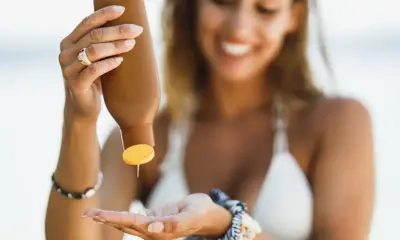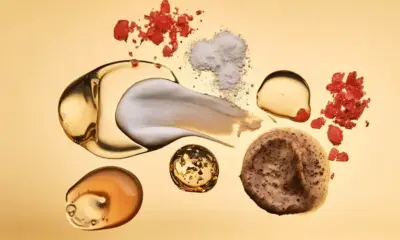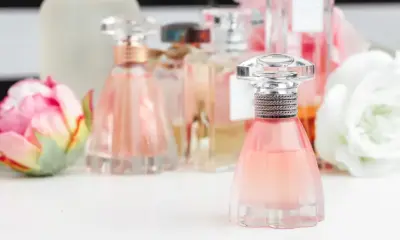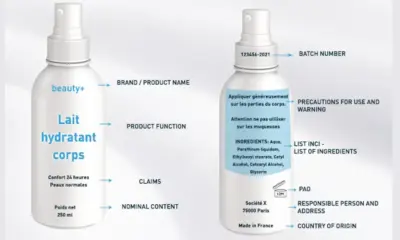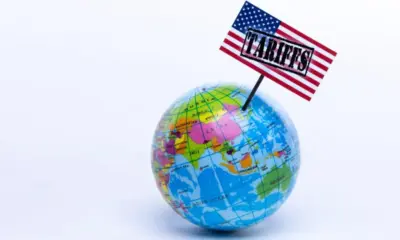Policy & Regulation
EU Bans Butylparaben and 20 Other Cosmetic Ingredients for Child Safety

EU Cosmetic Ingredient Ban: What It Means for Children’s Safety
Clean beauty trends and ingredient safety continue shaping the skincare industry. A major shift comes from the EU Cosmetic Ingredient Ban.
This new regulation targets endocrine-disrupting ingredients, pushing companies to reformulate widely used personal care products. Parents and brands must now rethink product choices for children.
Why Butylparaben Faces Restrictions
The EU’s Scientific Committee on Consumer Safety (SCCS) declared butylparaben unsafe at current levels for children under 10.
While butylparaben helps preserve products like lotions and toothpaste, it mimics estrogen and disrupts hormone activity. Studies show children’s absorbent skin makes them more vulnerable.
Even when used as directed, products like body lotion may exceed safe exposure levels. According to SCCS, infants may absorb 952 µg/kg/day from personal care use. However, the safe limit is only 245 µg/kg/day.
EU Cosmetic Ingredient Ban Targets Multiple Chemicals
As a result, the EU Cosmetic Ingredient Ban now includes butylparaben and 20 additional substances. These are classified as carcinogenic, mutagenic, or reproductive toxins (CMRs).
This new regulation — part of Regulation (EU) 2025/877 — becomes effective September 1. The ban applies across Europe, impacting both physical and online sales.
Products containing banned ingredients must be removed immediately. No transition period will be allowed for compliance or reformulation.
Vulnerable Exposure and Risk Factors
Children often use several personal care products daily — including lotions, soaps, and toothpaste. The SCCS warns this daily mix can lead to toxic exposure.
Even low butylparaben levels, when combined, create harmful effects. Risks include hormone imbalance, delayed puberty, and reproductive issues.
To limit danger, SCCS proposes reduced concentration levels:
- 0.002% in leave-on products
- 0.092% in oral care items
- 0.14% in rinse-off products
Using more than one product at these adjusted levels must still follow strict dosage guidelines.
Industry Response and Ingredient Reformulation
Brands must now reassess formulas. If products target babies or children, changes become urgent. Some companies will need to find safer alternatives or reduce ingredient levels.
For example, photoinitiator TPO — used in UV nail gels — is now banned. It was previously accepted under limits, but new data changed that.
These regulatory changes highlight the power of scientific review in shaping global beauty trends.
Global Variations in Cosmetic Ingredient Rules
The EU Cosmetic Ingredient Ban applies across all EU nations, yet other regions follow different standards.
China allows butylparaben in single-use products up to 0.4%. This means brands may need multiple formulas per market.
International companies must align with local laws while meeting rising consumer expectations for clean and safe products.
Explore More
For more updates on evolving ingredient regulations and product safety, explore more news on this website.

